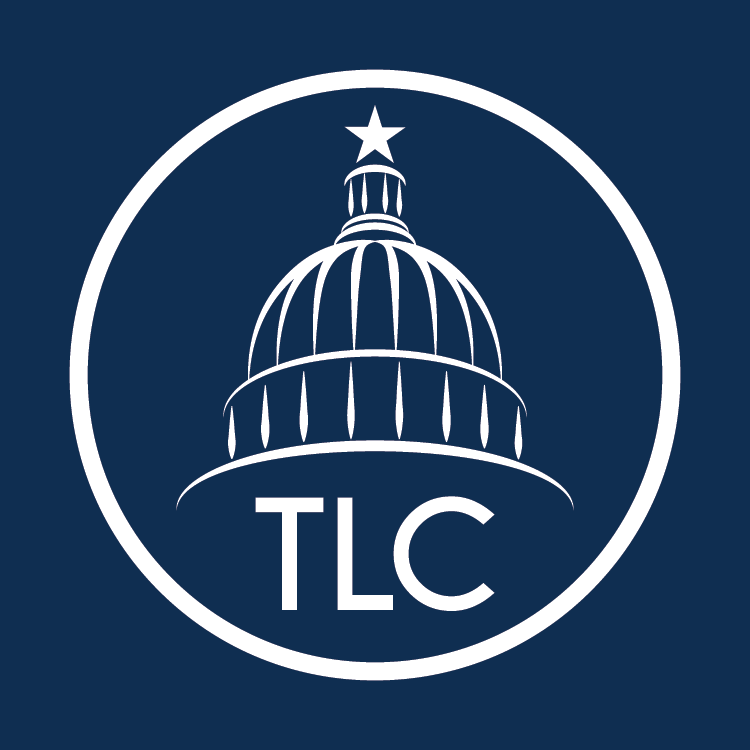 Reading Statutes and Bills
Reading Statutes and Bills
Bills Overview
The Texas Constitution establishes the bill as the exclusive means by which the legislature may enact, amend, or repeal a statute.
The Constitution also prescribes the one-subject rule:
No law shall be passed, except by bill.
No bill, (except general appropriation bills ...) shall contain more than one subject.
The purposes of the one-subject rule are to ensure that a legislative proposal stands on its own merits and is not combined with unrelated proposals to generate broader support, to prevent unrelated provisions from being added to a bill without being fully vetted, and to keep individual bills from becoming overly complex or massive.
A bill containing more than one subject is subject to a point of order, and a law enacted in violation of the one-subject rule is subject to attack in court. The rule, however, does not prohibit omnibus bills if every provision relates to a single subject.
Bill Sections and Articles
Most bills are organized into sections that are numbered consecutively and indicated by all capital letters, beginning with SECTION 1.
SECTION 1. Section 134.014, Agriculture Code, is amended to read as follows:
Sec. 134.014. LICENSE FEES; WAIVERS. (a) The department . . . .
SECTION 2. Section 66.077, Parks and Wildlife Code, is amended by adding Subsection (c-1) to read as follows:
(c-1) The commission . . . .
Articles may be used to organize long bills by grouping related bill sections. Like bill sections, bill articles appear in all capital letters.
The all-capital-letter format helps distinguish bill sections and articles from the statutory sections and articles being amended by the bill. Bill sections that make substantive changes to statute sections are typically ordered alphabetically by code name, then numerically within each code.
ARTICLE 1. DEPARTMENT OF BANKING
SECTION 1.01. Section 12.101, Finance Code, is amended to read as follows:
Sec. 12.101. BANKING COMMISSIONER. (a) The banking commissioner . . . .
ARTICLE 2. COMPTROLLER OF PUBLIC ACCOUNTS
SECTION 2.01. Sections 2151.002, 2151.003, and 2151.004, Government Code, are amended to read as follows:
Sec. 2151.002. DEFINITION [DEFINITIONS]. . . .
Bill sections containing procedural provisions follow the substantive provisions.
Presentation of Amendments
Amendable Unit
Section 36, Article III, Texas Constitution, prohibits the blind amendment of the law, meaning the amendment of a law without fully revealing what is being changed.
Consequently, a bill must include at least an amendable unit — the text of the law being amended must be quoted at sufficient length to indicate the purpose of the change and express a complete thought. In Texas, the threshold for an amendable unit is a complete sentence.
Section 42.004, Education Code, is amended by deleting "in accordance with the rules of the State Board of Education."
For a complete discussion of amendments to existing law, see Section 3.10 of the Texas Legislative Council Drafting Manual.
Formatting Conventions
Bills can amend statutes by adding new language or changing or deleting existing language. Bill provisions that directly amend an existing statute must follow two formatting conventions:
The language describing the statute being amended, also called the recital, must refer to the official citation of that statute.
SECTION 1. Section 1702.169, Occupations Code, is amended to read as follows:
Rules of the senate and house of representatives have traditionally required new language to be underlined and deleted language to be stricken through and bracketed so the reader can compare the current version of the law with the proposed version.
SECTION 1. Section 753.004, Health and Safety Code, is amended by amending Subsection (d) and adding Subsection (d-1) to read as follows:
(d) Except as provided by Subsection (d-1), gasoline [Gasoline], diesel fuel, or kerosene may be stored in an aboveground storage tank [with a capacity of not more than 4,000 gallons] at a retail service station located in an unincorporated area or in a municipality with a population of less than 5,000.
(d-1) A commissioners court of a county with a population of 3.3 million or more may by order limit the maximum volume of an aboveground storage tank in an unincorporated area of the county in accordance with the county fire code.